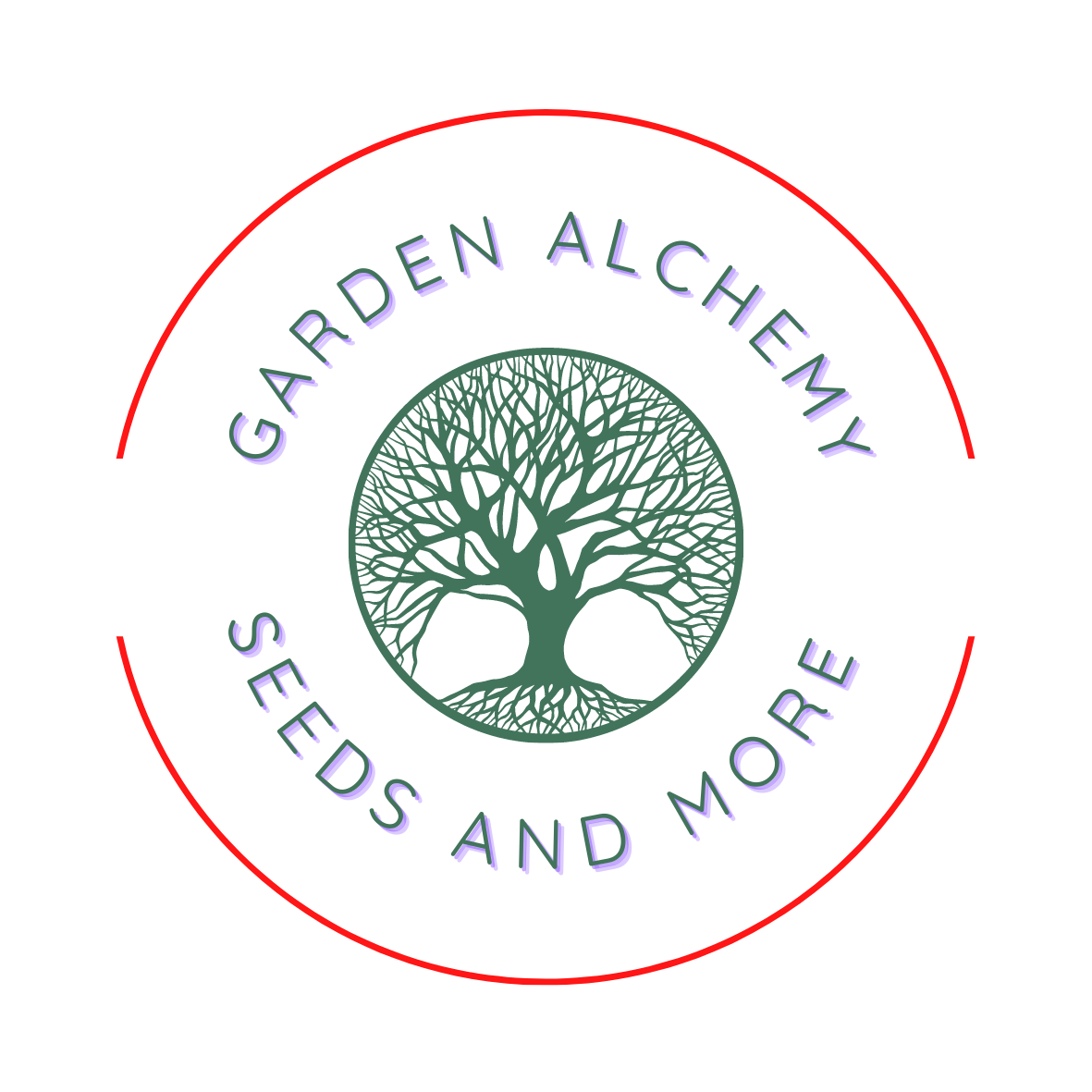Growing Dill - Benefits and Instructions
Benefits of Growing Dill
-
Beneficial Pollinator - Dill is a great plant to keep honey bees happy and attract other beneficial insects to your garden.
- Multipurpose - The stems, seeds and seed heads are all edible.
- Nutritional Profile - Good source of many essential nutrients, including vitamin C, magnesium, and vitamin A.
-
Use in: Salads, soups, dips, pickling, preserving.

Growing Instructions
Culture:
Sun Exposure: Choose a full sun location.
Soil: Rich, well-drained, moist soil.
Moisture: Water regularly, being careful not to overwater. Allow soil to go completely dry between watering, then soak thoroughly.
Planting: Plant early in the spring after the danger of frost.
Spacing: Plant 1 dill plant per square foot of growing space using Square Foot Gardening Method. In rows use 12-15" spacing.
Sow seeds: Seeds are best sown where they will stay, as dill does not transplant well. Plant 1⁄4 inch deep.
Harvesting:
Snip the leaves as needed during the summer and harvest the top half of the plant when the seed heads are beige.
Storage/Preparation:
Dry in bunches or a bag. Store dried foliage and seeds in an air-tight container. Fresh leaves can be refrigerated for 1 week. Dillweed is easiest to handle when frozen on its stem. When needed, snip some off and return the rest to the freezer.
Companions:
Brassicas, onions, asparagus, cucumbers, basil.
